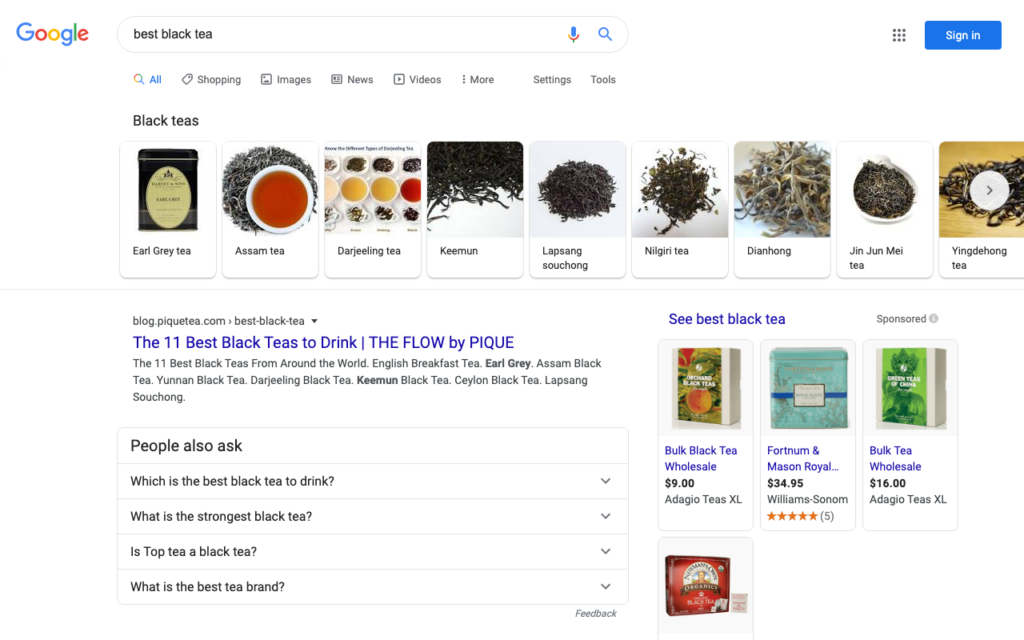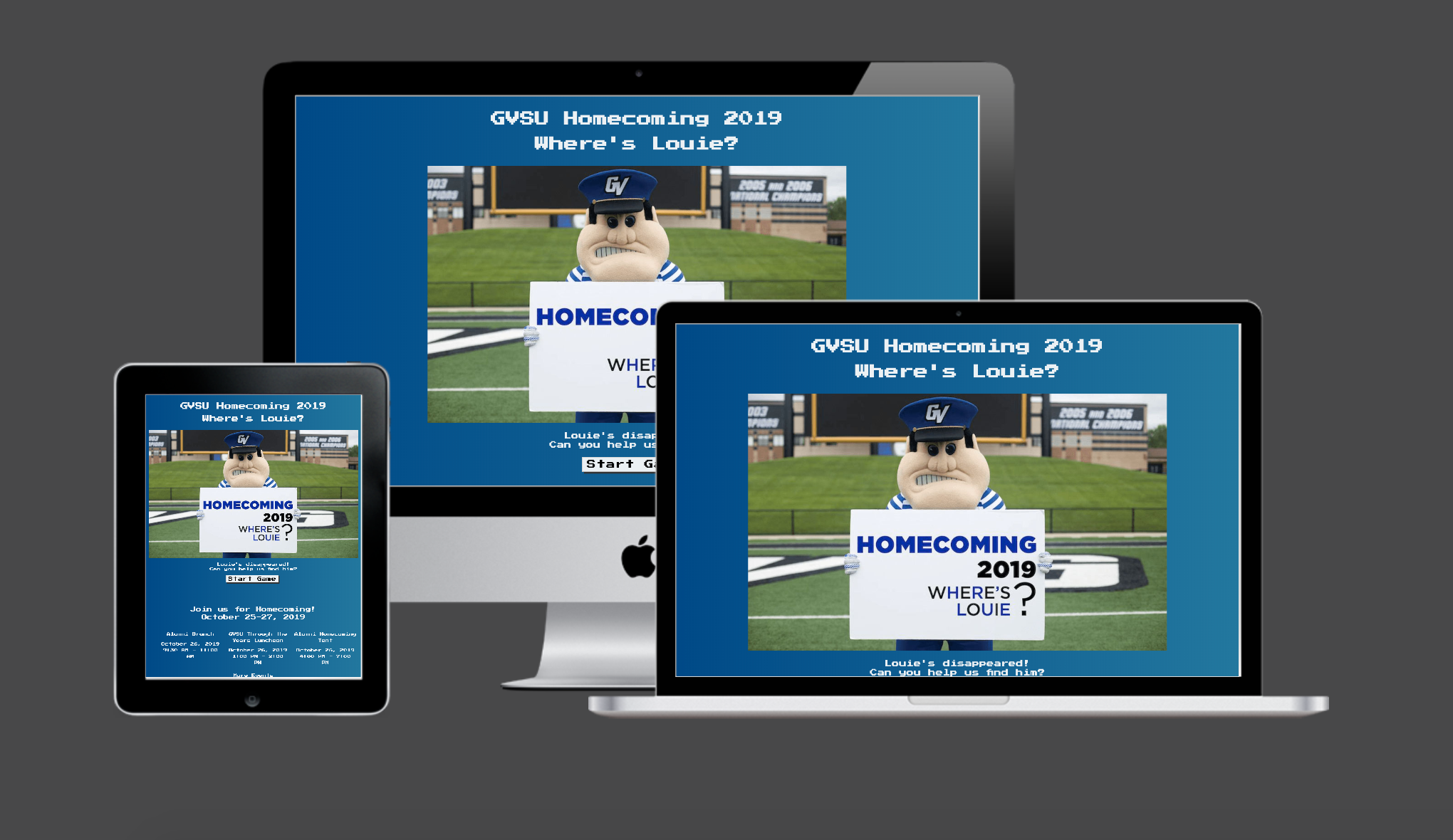Farewell, old friend!
I’ve been working on doing a “virtual” clean-up recently: taking down old projects, cleaning up some servers I manage, updating my about info, etc. One old project, in particular, is making me feel a bit nostalgic – I’m saying goodbye to bootstrapicons.com. It was a search engine for bootstrap and font awesome icons, which allowed users to tag icons so they were easier to find. Launched way back in June 2013 it was the first personal project I made that ever got any kind of traction. I still remember the first day it hit over 1000 monthly users – I had made it big time!
Okay, so maybe it didn’t exactly make me famous. Still, it got posted in a few bootstrap resource groups, had quite a few user-submitted tags for icons, and was really fun to work on. Alas, all good things must come to an end. Once Fontawesome introduced a similar search to their main icon list my traffic plummetted, and it had just kind of sat there since then. So sadly, for the common good of not having really old and likely at this point not incredibly secure projects sitting around the web, it is gone.
(PS: For anyone keeping score the cutting-edge technology powering this bad boy I believe was PHP 5.3, with a sweet jQuery powered autocomplete filter.)




![Conference: php[world] 2019](https://brentswisher.com/blog/wp-content/uploads/2019/10/Steven_F_Udvar_Haz_-Center.jpg)
